Mother-to-child transmission of HIV is one of the three main ways of transmitting HIV/AIDS. However, if the mother is diagnosed early and treated effectively, the rate of mother-to-child transmission is only 2-6%, or even 0%. Therefore, preventing mother-to-child transmission of HIV is one of the important solutions, contributing to significantly reducing the rate of children born with HIV infection from their mothers, towards eliminating mother-to-child transmission of HIV by 2030.
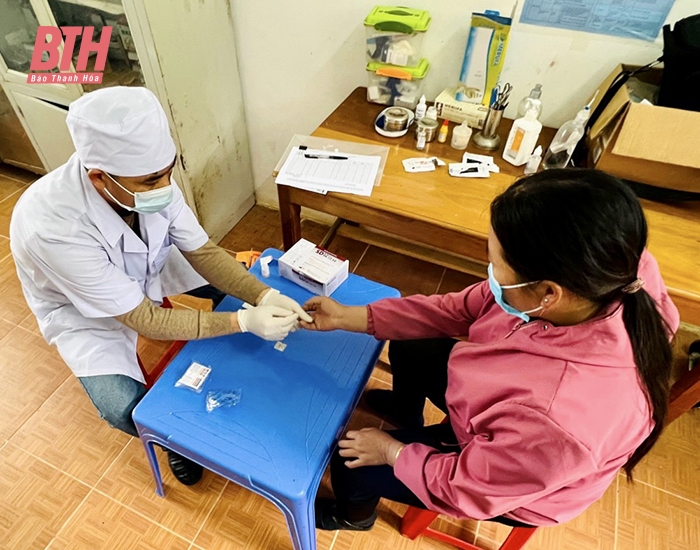
Since 2009, Thanh Hoa has implemented a program to prevent mother-to-child transmission of HIV. Accordingly, services to prevent mother-to-child transmission of HIV have been thoroughly integrated into the reproductive health care system to reach pregnant women as soon as possible to overcome the situation of late HIV testing and late ARV treatment to prevent mother-to-child transmission of HIV in pregnant women infected with HIV. The reproductive health care system has a network of "centipedes" to the commune and village levels, so the care and support for pregnant women and their children is better during pregnancy and after birth. With local budgets and support from international organizations, pregnant women are tested for HIV for free during pregnancy management at the grassroots health care level. Pregnant women infected with HIV are treated at medical facilities, with ARV drugs to prevent mother-to-child transmission of HIV. Children born to HIV-infected mothers, in addition to being managed, cared for, treated, and tested for free, are also provided with free replacement milk until they are 12 months old. Early detection and proper and adequate treatment have significantly reduced the rate of children being infected with HIV from their mothers.
In the first 3 months of 2023, the whole province tested 7,563 pregnant women for HIV, discovered 2 new pregnant women infected with HIV; provided preventive treatment for mother-to-child transmission of HIV to 11 pregnant women infected with HIV; 11 live births from HIV-infected mothers and 100% of the children received ARV preventive treatment (test results after 18 months were 100% negative); 7 children born to HIV-infected mothers were tested for the first time by PCR, of which 4 children were tested for HIV within 2 months of age; 3 children were tested for PCR from 2 to 18 months of age. 7/7 children had negative HIV results.
According to Master Nguyen Dang Tung, Head of the HIV/AIDS Prevention Department, Provincial Center for Disease Control, in Thanh Hoa , the rate of people infected with HIV being treated is more than 90%. This is very significant, because patients who are treated early will help improve their health. At the same time, it prevents the replication of the HIV virus in the body, reduces the possibility of infection in the community, and reduces the rate of HIV transmission from mother to child. However, to give birth to children who are not infected with HIV, HIV-infected mothers must be treated with ARVs and adhere to treatment well; need to monitor pregnancy, comply with infection prevention measures and provide preventive treatment for children from birth. Although the intervention measures in the mother-to-child transmission prevention program are quite effective, if they want to give birth, HIV-infected people need to consult a doctor to be provided with full information and knowledge for a healthy pregnancy, and need to be monitored and treated fully.
Prevention of mother-to-child transmission of HIV is a program that aims to reduce the number of children infected with HIV from their mothers, improve the quality of life of HIV-infected women, and reduce the rate of HIV infection in the community. According to experts, without intervention, the rate of HIV transmission from mother to child can be from 15 to 45%. However, if the mother is diagnosed early and treated effectively, this rate can be reduced to only 2 to 6%, or even 0%. To achieve this goal, in recent years, Thanh Hoa has implemented many synchronous activities, including counseling and testing to detect early HIV infection in pregnant women, thereby applying effective preventive interventions and has greatly changed the perspective on pregnancy and childbirth in HIV-infected women compared to the early period of the HIV pandemic. To achieve even greater results, activities to prevent mother-to-child transmission of HIV need to continue to be widely deployed, in accordance with the process, increasing access for pregnant women infected with HIV, on the basis of gradually reducing and eventually eliminating stigma and discrimination against people infected with HIV and AIDS patients, aiming to eliminate mother-to-child transmission of HIV by 2030. For the health and future of their children, all women of childbearing age and pregnant women should proactively go for HIV examination and testing. If the disease is detected and treated according to the regimen early, patients can ensure optimal effectiveness in reducing the rate of infection from mother to child.
Interventions to prevent mother-to-child transmission of HIV + Prenatal interventions: HIV testing counseling, screening and treatment of sexually transmitted diseases, vitamin and iron supplementation, prevention and treatment of opportunistic infections, use of ARVs to treat mothers or prevent mother-to-child transmission... are extremely necessary and effective measures to reduce the rate of mother-to-child transmission. + Interventions during birth: for women who have not accessed prenatal interventions, rapid HIV testing should be advised. If positive, use an ARV regimen to prevent mother-to-child transmission according to instructions, avoiding interventions such as amniotomy, forceps, episiotomy... + Postnatal intervention: mainly counseling the mother about the benefits and risks of HIV transmission when breastfeeding. It is best to feed the baby with a milk substitute if possible. In cases where there are no conditions to use milk substitute, the mother should breastfeed exclusively in the beginning, then wean early and switch to solid foods as soon as possible to reduce the risk of HIV transmission to the baby. The baby should be referred and sent to outpatient clinics for children for monitoring and ARV treatment. Pregnant women who are counseled and tested for HIV with positive results need to be continuously monitored and properly intervened to minimize the risk of HIV transmission to children born to these mothers. |
Article and photos: To Ha
Source



![[Photo] Keep your warehouse safe in all situations](https://vphoto.vietnam.vn/thumb/1200x675/vietnam/resource/IMAGE/2025/10/1/3eb4eceafe68497989865e7faa4e4d0e)
![[Photo] President of the Cuban National Assembly visits President Ho Chi Minh's Mausoleum](https://vphoto.vietnam.vn/thumb/1200x675/vietnam/resource/IMAGE/2025/10/1/39f1142310fc4dae9e3de4fcc9ac2ed0)

![[Photo] Hanoi morning of October 1: Prolonged flooding, people wade to work](https://vphoto.vietnam.vn/thumb/1200x675/vietnam/resource/IMAGE/2025/10/1/189be28938e3493fa26b2938efa2059e)

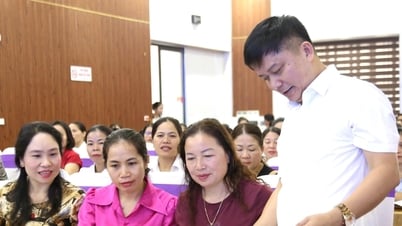

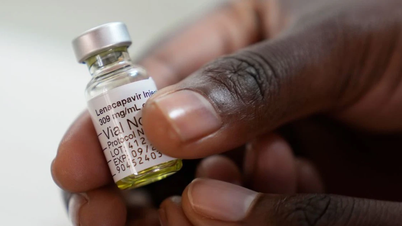




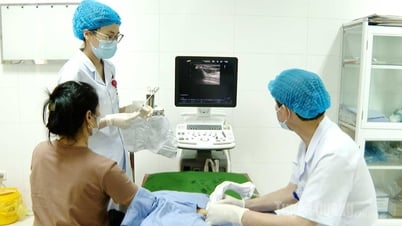



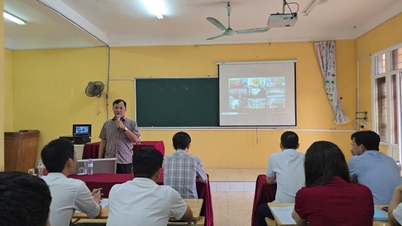















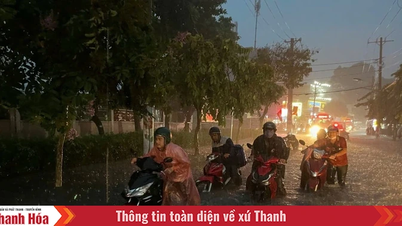































































Comment (0)